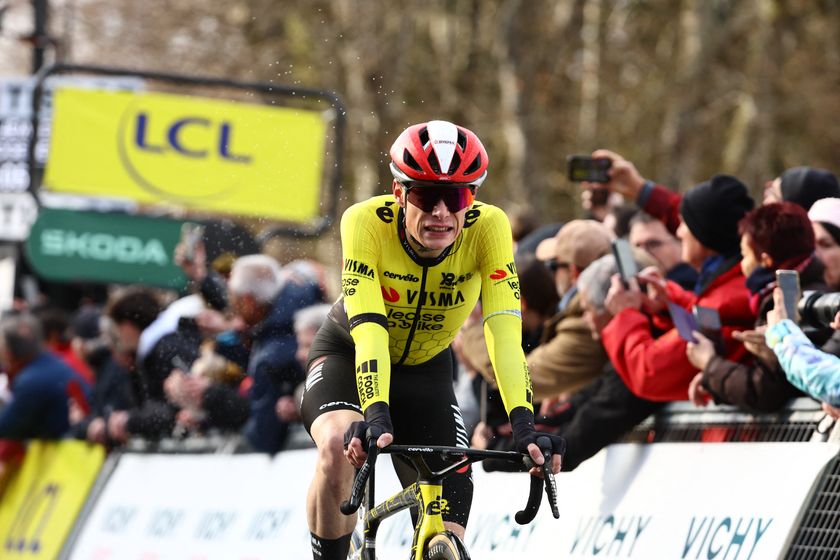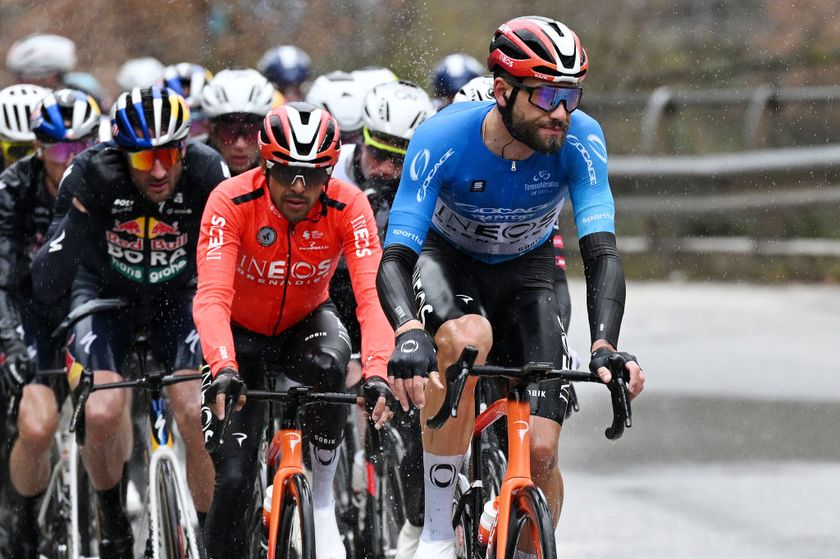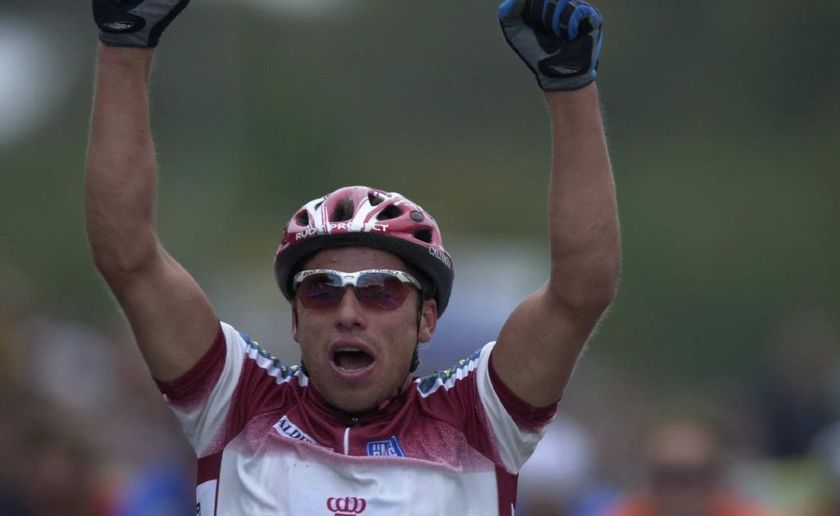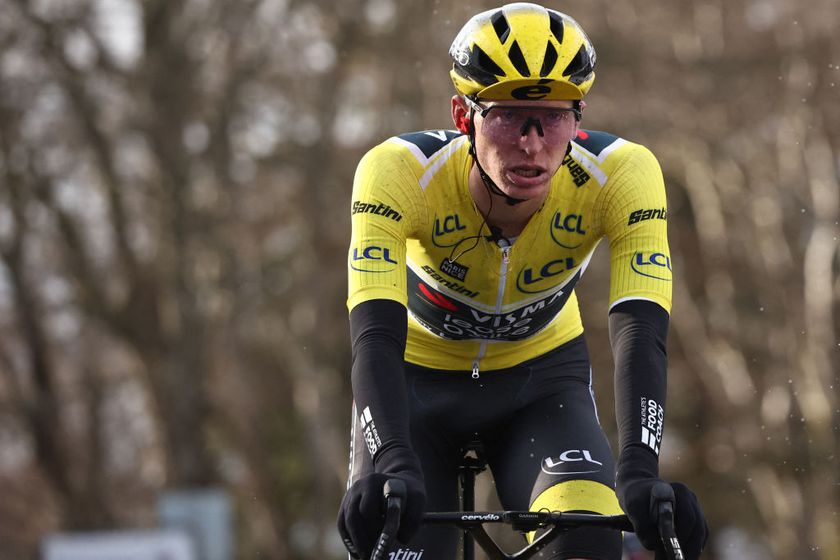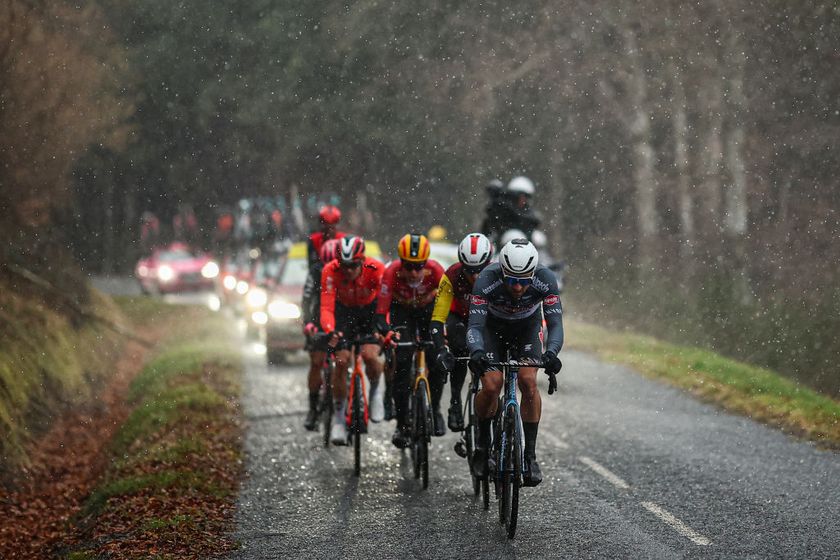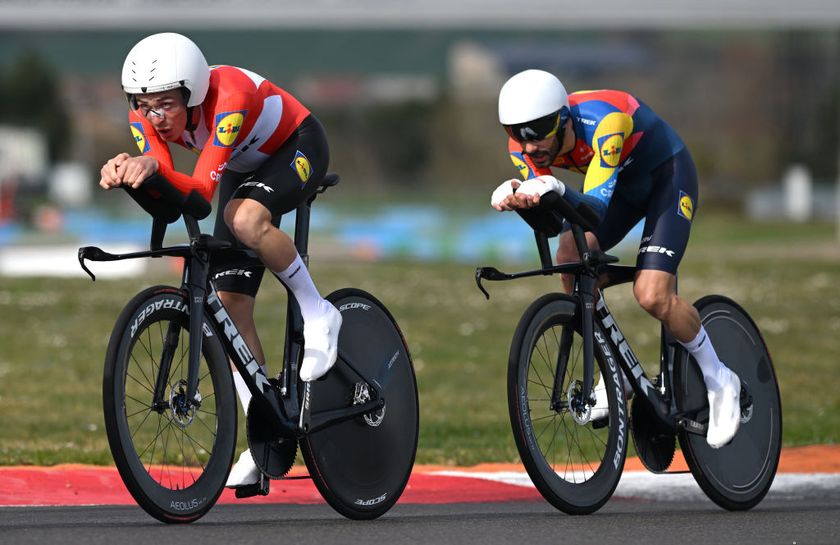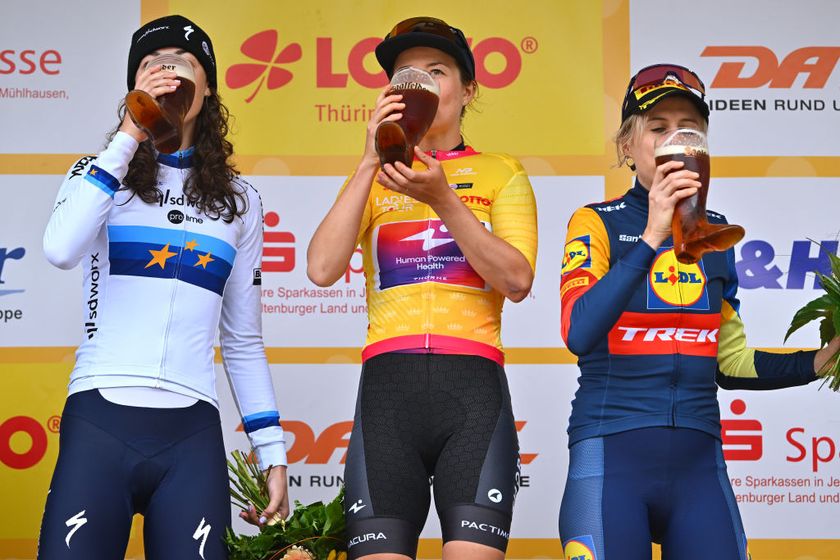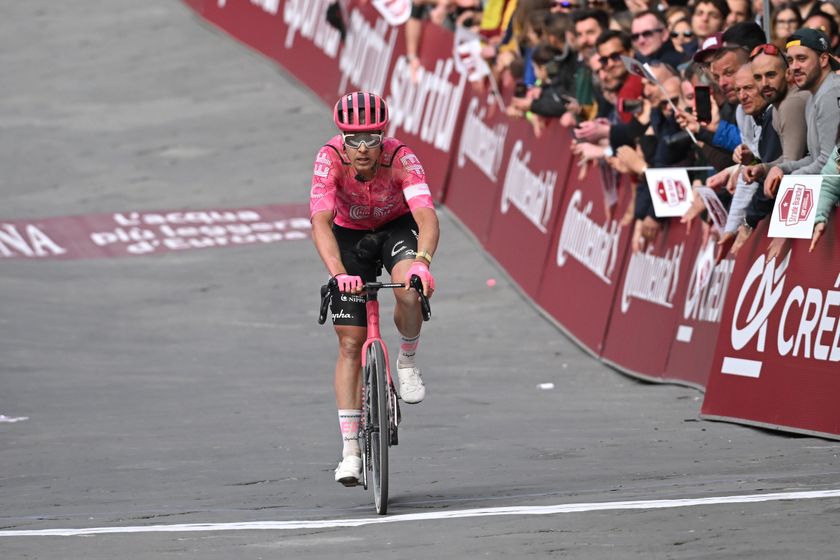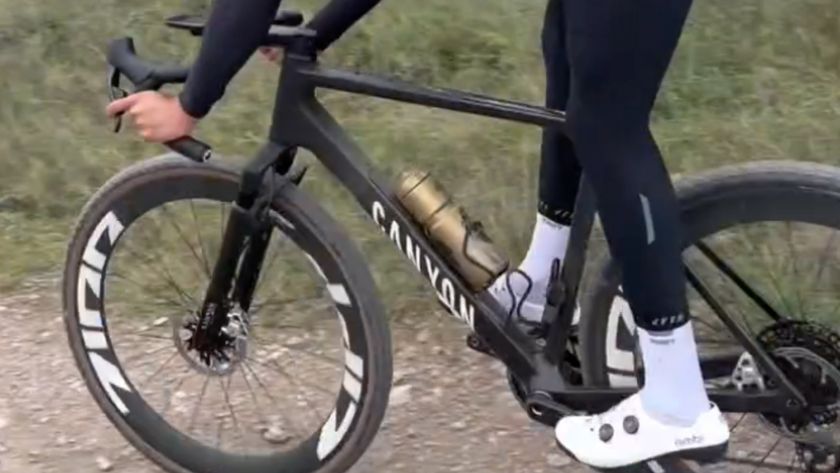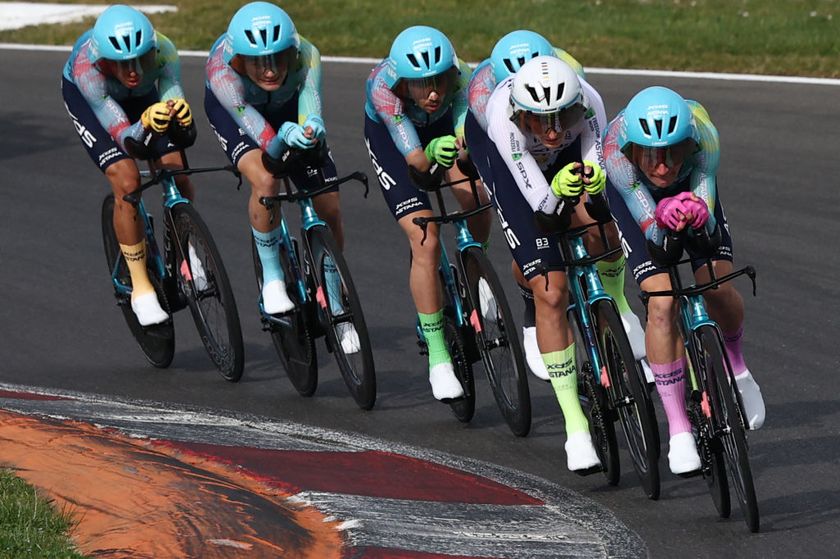Uphill finishes and controversies: Guillen dissects the 2016 Vuelta a Espana
Race director defends the route and discusses the time limit fiasco





The Vuelta a España has been steadily growing in stature in recent years, but this year's edition, despite being a memorable one, saw race director Javier Guillén forced to deal with a string of contentious issues.
Many of these centred on the design of the route, which once again went in for a huge helping of uphill finishes. There were 10 this year, maintaining an average of 9.6 across the five previous editions.
In contrast to the long high-mountain climbs of the Giro or Tour, the Vuelta has become synonymous with shorter, but far steeper, ascents – the ones that are often so narrow and poorly paved that they barely resemble roads. The day after making his way up the 20+ per cent gradients and dusty cement tracks of the Mas de la Costa, Team Sky's David Lopez struggled to contain his frustration, arguing that the peloton was "sick of going up these impossible climbs" and "wanting the Vuelta to end, and to not have to return."
While the repeated doses of tough summit finishes may not appeal to all – from fatigued riders to fans wanting less of a slugfest – Guillén argues that they play a vital role in enhancing the spectacle – and by extension the sustainability – of the race.
"The following day it was clear he [Lopez] was not speaking on behalf of the peloton, because many put his words into context," Guillén countered in a Q&A with Spanish sports newspaper AS. "The participation in recent years doesn't tell us that riders don't like the Vuelta.
"Furthermore, the riders have as much responsibility as anyone when it comes to thinking about the public, because cycling's business model depends on its audience. The sport is based on the 'epic', but epic isn't just about the kilometres – it's also about the efforts. If any cyclist has other ideas that would produce the same result, I'm all ears."
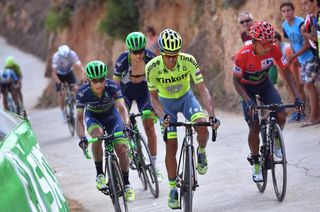
The exigencies of the route, which led Tyler Farrar to describe this Vuelta as the hardest Grand Tour he's ever done, can be seen as the cause of some of the race's controversies.
Get The Leadout Newsletter
The latest race content, interviews, features, reviews and expert buying guides, direct to your inbox!
There were two occasions where riders were criticised for taking it easy – first on the stage to Urdax when the peloton finished over half an hour down on the breakaway, and then on the explosive stage 15 when over 90 riders missed the time cut having been dropped early on.
With regard to the former, one rider made the point on Twitter that such a go-slow was an inevitable by-product when the peloton is expected to provide 'epic spectacle' everywhere else.
"I can understand any race circumstance, but there's a thing that cycling has learned about in recent times: it's called image. It's important to give a good image," says Guillén.
"Losing one minute per kilometre and not making an effort – that's bad. Some will think of it as a blow to the organiser. Well, no. It's a blow for everyone. That day there was greater indignation for the way in which it happened, than what happened itself."
The decision to allow 94 riders back into the race after missing the stage 15 time cut was the one that sparked the biggest polemic of the three weeks. “No other decision could have been taken," argues Guillén, saying that "there was still a week remaining and we'd have been left without a Vuelta."
The rules do allow for leniency in the face of exceptional circumstances, but IAM Cycling's Larry Warbasse revealed the group, which ceased to be a part of the stage after an explosive start, believed they'd have safety in numbers, and weren't fighting to finish within the limit.
Much was made of the fact that on the next day's stage the top 13 finishers were all members of that gruppetto, and the conundrum of how to punish riders if you're not going to apply the rulebook is something of a head-scratcher.
"I've spoken to the UCI about this," says Guillén. "But there's one thing – with economic sanctions, you can purchase rest. We can't have loopholes where missing the time cut becomes worth it. We have to look for a solution, but I haven't seen a perfect formula. I don't see the sense in eliminating them from the next days' classifications, because they can't compete partially. If you allow them back in, you do it accepting all the circumstances."
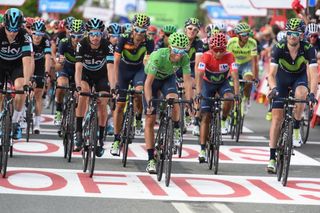
Despite the issues and debates that will run and run, Guillén was keen to highlight the positives, and sought to highlight the Vuelta's position as an ideal part of a Grand Tour double.
While Alberto Contador's 2015 season highlighted the difficulty of the Giro-Tour double, this year's podium - with Tour rivals Quintana and Froome joined by Giro runner-up Chaves - reflects the Vuelta's suitability to those who have already targeted one of the other three-week races.
"For me, the message of this Vuelta is that you can do two, and win two," he said. "That's now becoming the trend. I'm really happy that it's not just one race that justifies a whole year. Cyclists know that they need the palmares."
